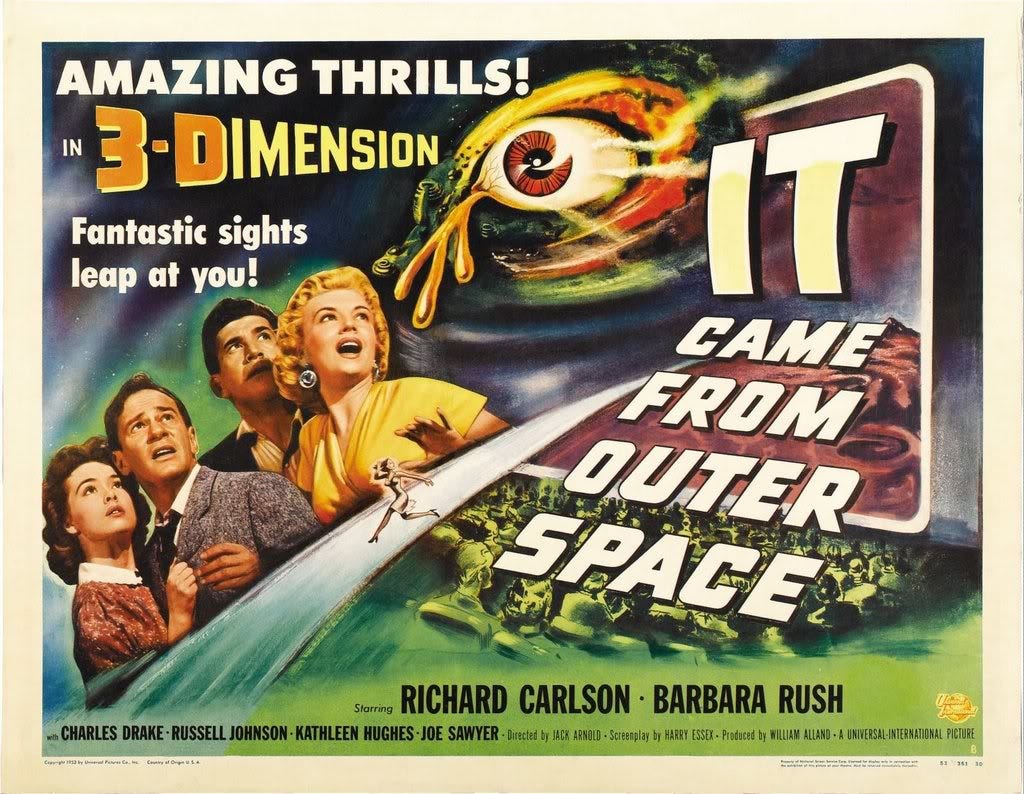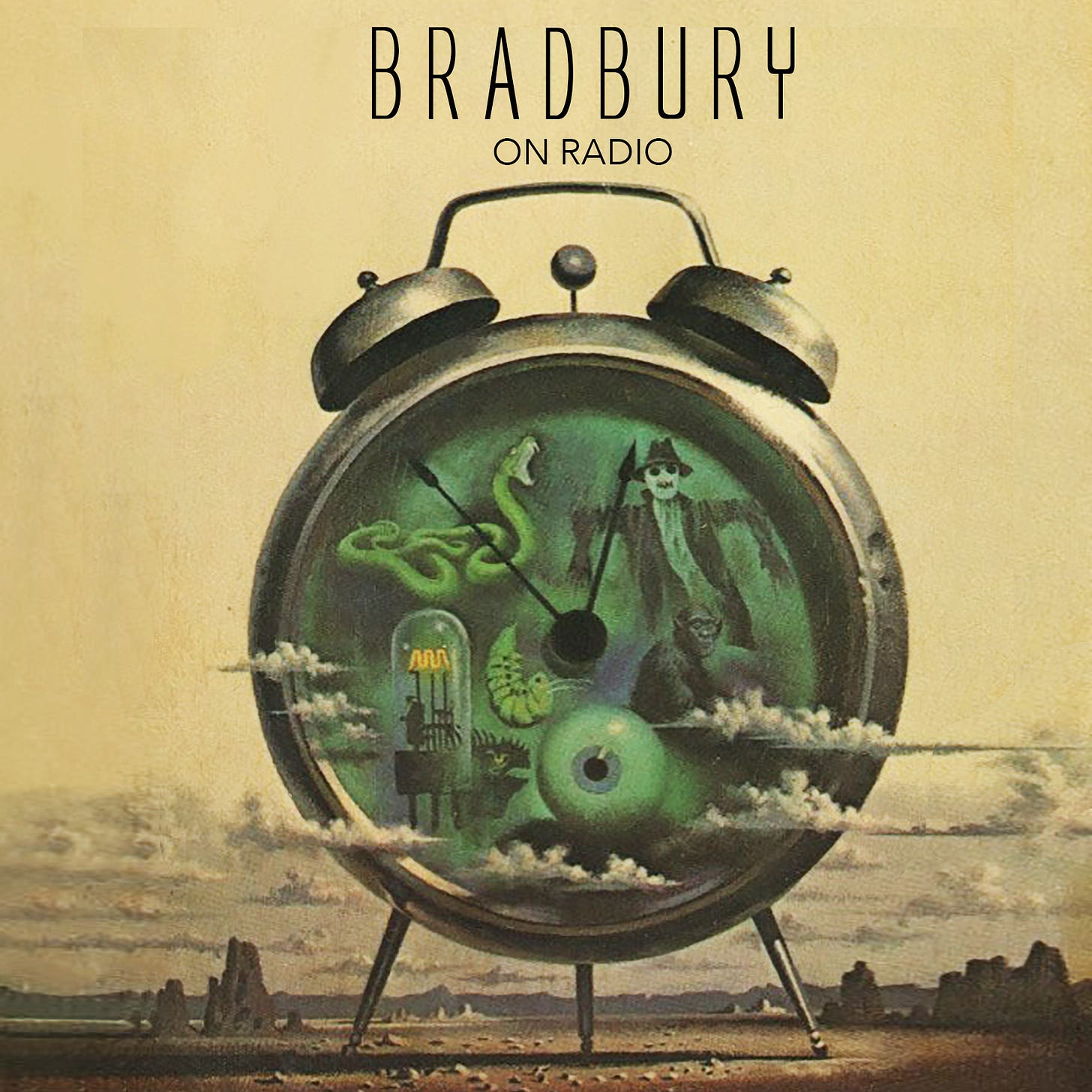When literary giant Ray Bradbury died in 2012 at the age of 91, I talked with Bob Jacobs, a longtime communications professor at Bradley University, who recalled his friendship with the writer.
"I met Ray when I was 18 at USC," said Jacobs, recalling his freshman year at the University of Southern California almost 60 years ago.
Don't tell Jacobs that Bradbury was a science fiction writer - albeit a famous one. "He was the Shakespeare of our age. His language rings," he said.
But Bradbury did even more than write some of the most imaginative novels and short stories in history. Take 1953, for example. That’s the year when two Bradbury stories became movie hits.
The Beast From 20,000 Fathoms was a huge box-office hit that year. Based on a Bradbury short story called The Fog Horn, Beast set the stage for one of the great monster franchises of all time.
Tomoyuki Tanaka, a Toho producer noticed the movie’s popularity while visiting Indonesia in 1953. The story? A hibernating dinosaur awakened by an atomic bomb test goes on to ravage the east coast of the United States, destroying buildings, pulling down high-tension wires, and terrorizing cities. Sound familiar? Maybe the following song will help.
With a purposeful grimace and a terrible sound
He pulls the spitting high-tension wires down
Helpless people on a subway train
Scream bug-eyed as he looks in on them
He picks up a bus and he throws it back down
As he wades through the buildings toward the center of town
Oh no, they say, he's got to go
Go go Godzilla, yeah
Oh no, there goes Tokyo
Go go Godzilla, yeah
Thank you, Blue Oyster Cult. Tanaka enlisted the aid of Japanese fantasy writer Shigeru Kayama to produce a movie at Toho Studios. On October 27, 1954, Godzilla opened to wondrous acclaim at Tokyo’s Nichigeki Theater in the Ginza, a building that Godzilla willfully destroys in the movie.
While Bradbury didn’t conceive Godzilla directly, his short story started the ball rolling.
He got another ball rolling that year with the initial screenplay (sometimes referred to as a “treatment”) provided for another 1953 hit, It Came from Outer Space, the 3D film released by Universal International and directed by Jack Arnold.
Not to be confused with other sci-fi films released the same year, such as War of the Worlds and Invaders from Mars, It Came from Outer Space took a different approach. These aliens, while scary looking, weren’t out to conquer Earth or harvest Earthlings. Posting on a 2023 blog at Indiana University, home of the Ray Bradbury Center, an immense archive on the work of Ray Bradbury and science fiction, Noni Ford expressed admiration for Bradbury’s work on the film. “There are timeless lessons in the narrative, such as communication being the greatest skill of all and listening before reacting,” she said. “Bradbury’s story likely inspired many of the different depictions of aliens we see in science fiction after the 1950s, like E.T. and Close Encounters of the Third Kind,” noted Ford.
Bradbury’s influence touches all media. Along with the Ray Bradbury Theater on television, Bradbury’s work also worked well on radio. Starting in 1944 when Bradbury was just getting established as a writer, his Killer, Come Back to Me, starring a young Richard Widmark, played on the Molle Mystery Theatre, one of radio’s leading programs at the time. Suspense, perhaps U.S. radio’s greatest showcase for mystery stories, presented close to a dozen Bradbury stories during its 20-year run. Other radio series that ran Bradbury stories included Escape, Dimension X, and X-Minus One. Bradbury’s work can also be heard on numerous BBC broadcasts as well as those made in Canada and South Africa.
But getting back to 1953, a big year for Bradbury. Not only did he have success in the movie theater but, in October of that year, he published a little novel called Fahrenheit 451. The rest is history.










Great article! I enjoyed the Blue Oyster Cult reference, one of my favorite bands.
Regarding Ray Bradbury Theater, my favorite episode is titled, "The Banshee" It's an eerie tale that's dear to my heart. Do you have a favorite episode, sir?